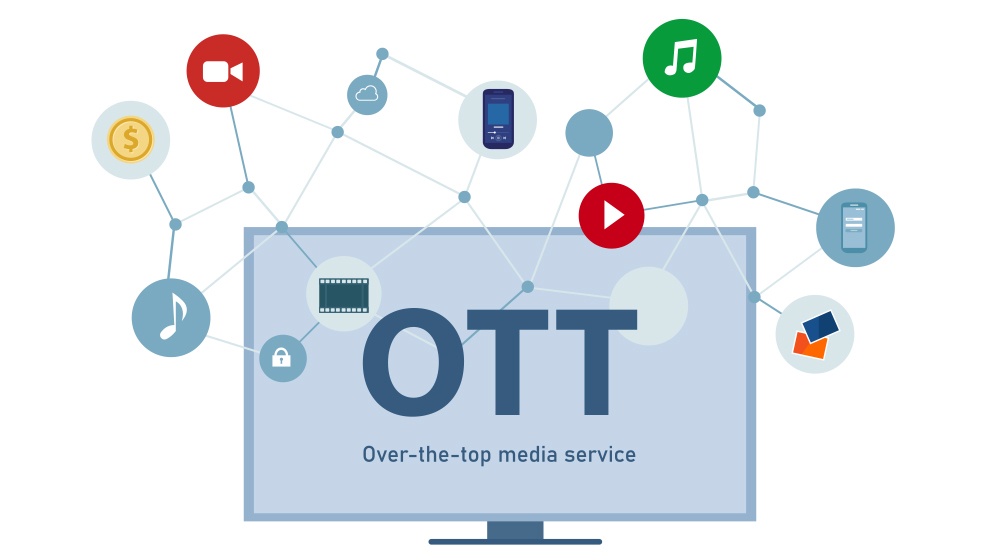OTT PLATFORMS: CONTOURS OF STATUTORY REGULATION

Most of the industries around the world are witnessing a revolution post the introduction of the new normal. The media & entertainment industry is no longer an exception to the current situation. Apparently, this revolution has led to a major drift in consumer choices from the usual conventional media to the new online streaming services.
What is an OTT Platform?
An over-the-top (‘OTT’) media platform is one such streaming service that delivers content directly to its consumers over the web. OTT platforms bypass the traditional methods of broadcasting audio-video content to the consumers without involvement of any carrier service provider for the planning, selling, provisioning, etc of the content generated through such platforms. OTT has various functionalities but the most popular remains the Subscription Video on Demand (‘SVoD’) which provides access to film and television content over the network.
In India, there is a growing demand for the services of OTT platforms due to an unprecedented increase in the number of persons with access to internet services and smartphones. Various OTT platforms such as Netflix, Amazon, YouTube, Alt Balaji, etc. have also proliferated their services in the Indian market. However, there is an absence of a specific legislation for OTT servicesto deal with the legal issues related to these OTT platforms in India. The need for a statutory regulation for the OTT platforms has been a subject of various writ petitions before different High Courts and the Hon’ble Supreme Court of India.
Present legislations and the Code of Best Practices
The regulatory framework for the functioning of OTT platforms in India is a grey area, however, certain provisions of present legislations including the Information Technology Act, 2000 (‘IT Act’), Indian Penal Code, 1861 (‘IPC’), and the Indecent Representation of Women (Prohibition) Act, 1986 (‘IRWPA’) can be made applicable as general provisions of law for regulating the content of the OTT platforms. Apart from the abovementioned legislations, in January 2019, certain OTT platforms such as Amazon, Netflix, Hulu, Hotstar, etc. entered into a self-regulation code - ‘Code of Best Practices for Online Curated Content Providers’ (the ‘Code’) which was designed and adopted by the Internet and Mobile Association of India (‘IAMAI’). Part-B of the Code specifically lays down a ‘Prohibited Content’ category which includes contents that disrespect the national emblem or national flag, involve sexual acts by children, maliciously outrage religious sentiments, promote terrorism and violence against the State (India) and its actors and that are prohibited by applicable law in India or by any court of competent jurisdiction.
Way forward
The Union government, on 9 November 2020, brought OTT platforms under the ambit of the Ministry of Information and Broadcasting (MIB) after a public interest litigation at the Apex Court sought for a regulation of OTT platforms in India. The notification makes amendments to the Government of India (Allocation of Business) Rules, 1961 (“Rules”) by including the following to the second schedule of the Rules:
i. Films and Audio Visual programmes made available by online content providers
ii. News and Current Affairs on online platforms
This includes content not only from OTT platforms but also news platforms, social media platforms and current affairs available online.
Presently, this does come as a relief to some since online content was a grey area with little inspection and now this will help filter the content shown to the viewers, including minors. However, there needs to be more clarity regarding the intention of the government as the notification does carry a certain level of ambiguity.